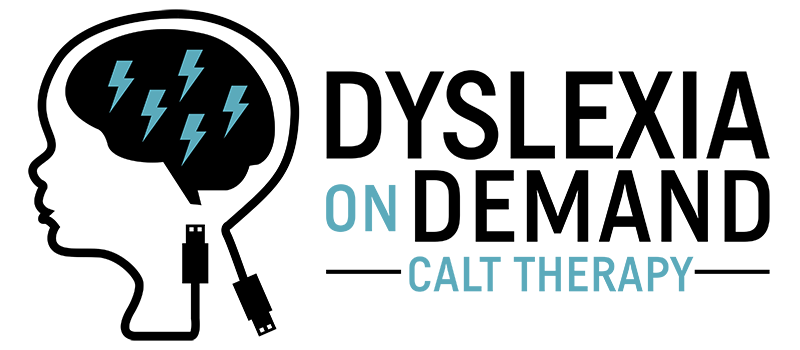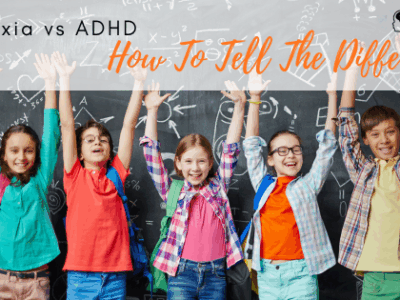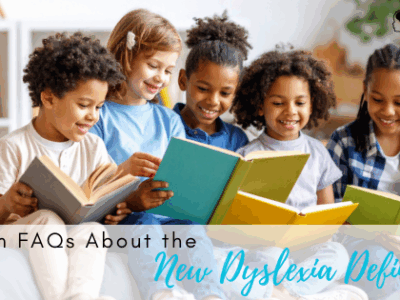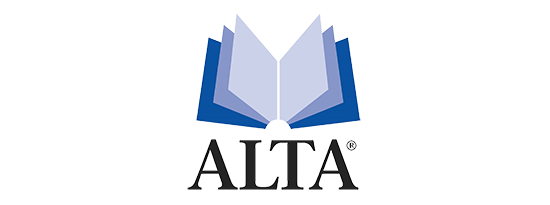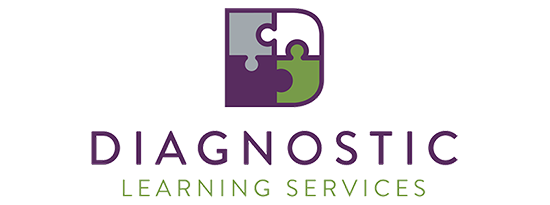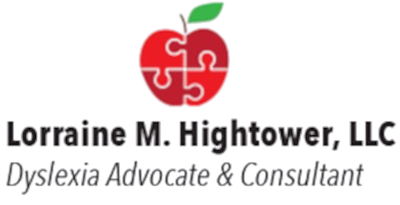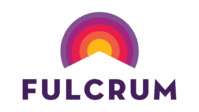
12 Facts About Dyslexia You Should Know
Executive Summary:
Dyslexia is not a disability—it’s a neurobiological difference that affects how the brain processes language. With the right support and evidence-based dyslexia therapy, students can build new neural pathways, improve reading fluency, and harness their natural creativity and problem-solving strengths.
Perhaps one of the most fascinating things about the human body is that we do not actually see with our eyes; we see with our brains. This is why the brain is so busy when it’s learning how to read. Reading isn’t a natural process like speech is; it’s a learned skill. Another fascinating thing about humans is that all of our brains have differences in structure and function. For people with dyslexia, their brains tend to rely more on the brain’s right hemisphere and the frontal lobe. Dyslexia isn’t a disability; it’s a neurobiological difference. There’s so much to learn about dyslexia. If you’re looking to support someone in your life who has dyslexia, read on to learn 12 facts about dyslexia you should know.
- There are so many myths about dyslexia! Back in the 1960s, dyslexia was often dismissed as a problem with letter reversal. In the 70s, it was believed that dyslexia was something kids could grow out of. Despite years of research, there are still dyslexia myths today such as it being exclusively letter reversals, it being tied to intelligence, and it being a medical condition.
- Know the true definition of dyslexia. According to the International Dyslexia Association, dyslexia is neurobiological in origin. The difficulties of dyslexia typically stem from a deficit in the phonological component of language. This can affect skills such as spelling, decoding, fluency, and word recognition and can lead to problems with things like vocabulary development and background knowledge.
- Dyslexia isn’t an indicator of intelligence. In fact, people with dyslexia may often demonstrate major strengths in other areas like visual-spatial reasoning, creative thinking, and problem solving. Have you ever heard of Picasso? Cher? Steven Spielberg? Or Muhammad Ali? These are all famous dyslexic individuals whose abilities carried them through successful careers.
- People with dyslexia can physically change their brain. An intensive, multisensory approach to helping students with dyslexia can help readers learn to decode based on syllable types and spelling rules. Through dyslexia therapy, dyslexic students’ brains can create new neural pathways.
- There’s a genetic component to dyslexia. Dyslexia can run in families, and in fact research shows that it has a 50% pass rate for the first generation.. It’s great to have knowledge and awareness of this so that you can have awareness and seek effective interventions.
- Good enough reading skills may not be good enough. Dyslexic readers work extra hard to get through the reading process. Readers with dyslexia tend to compensate, using a neurological detour to read. Rather than relying on phonetic awareness, they may rely on memory. This can tax the brain, expending enormous amounts of energy.
- Optimal instruction is essential. The right approach to intervention—like dyslexia therapy—can lead to great success rates. At Dyslexia on Demand, we offer dyslexia therapy that helps to fundamentally shift your child’s cognitive learning process. This leads to better orthographic mapping, faster word recognition, and increased fluency.
- Multisensory Structured literacy (OG) is the way to go. Systematic, explicit, and multisensory instruction are the proven methods for the best dyslexia intervention. Dyslexia on Demand’s sessions integrate visual, auditory, and motor processing with an explicit understanding of the English language. This helps to provide a solid foundation for students for their written language skills.
- Not just any tutor will do. Dyslexia therapy is the most effective choice for help with dyslexia. The therapy program at Dyslexia on Demand employs the help of Certified Academic Language Therapists—also known as CALTs. These experts are qualified to implement the therapeutic grade, Orton-Gillingham-based dyslexia intervention program called Take Flight. They provide skilled help through frequent, virtual one-on-one or small group sessions, helping to build a high degree of knowledge and independence for students.
- Dyslexia help is about more than just academic success. It’s so vital that—in addition to academic interventions, accommodations, and therapies—students with dyslexia get emotional support, too. At Dyslexia on Demand, we incorporate a social-emotional aspect of therapy that encourages students to honor their differences and advocate for themselves. In addition, we offer options for mental health groups that help with information on the social-emotional aspects of dyslexia.
- Advocacy is key. It is so important for parents to be involved in their dyslexic student’s education. At Dyslexia on Demand, advocacy is part of all that we do. We aim to educate students and families on what it means to be dyslexic as well as on their state and federal rights.
- Consider the whole child. When you’re dealing with dyslexia, it’s essential that you don’t lose sight of the development of the whole person—not just his or her reading skills. Our tailored approach to dyslexia therapy helps Dyslexia on Demand to truly get to know students so we can help put them on the best path to succeed inside and outside of school.
Are you ready to learn more about dyslexia? Reach out to Dyslexia on Demand to discover more or to book a free consultation.
FAQs
1. Is dyslexia related to intelligence?
No. Dyslexia has nothing to do with intelligence—many people with dyslexia are highly creative thinkers and successful leaders, artists, and innovators.
2. What type of instruction works best for dyslexia?
Structured, multisensory literacy instruction—like the Orton-Gillingham-based approach used at Dyslexia on Demand—has been proven to help rewire the brain for more effective reading and writing skills.
3. Why choose dyslexia therapy instead of tutoring?
Dyslexia therapy addresses the root causes of reading challenges rather than just helping with homework. At Dyslexia on Demand, Certified Academic Language Therapists (CALTs) provide specialized, one-on-one therapy that builds lasting literacy skills and confidence.
References:
Ciulkinyte, A., H. S. Mountford, P. Fontanillas, et al. “Genetic Neurodevelopmental Clustering and Dyslexia.” Molecular Psychiatry, vol. 30, 2025, pp. 140–50. Nature Publishing Group, doi:10.1038/s41380-024-02649-8.
International Dyslexia Association. Structured Literacy: Effective Instruction for Students with Dyslexia. 2 July 2019, dyslexiaida.org/structured-literacy-effective-instruction-for-students-with-dyslexia-and-related-reading-difficultie.
Hoeft, Fumiko, and Albert Galaburda. Many Layers of Dyslexia: Gene Discovery Is Just the Beginning. International Dyslexia Association, dyslexiaida.org/many-layers-of-dyslexia-gene-discovery-is-just-the-beginning.
Mascheretti, S., A. De Luca, V. Trezzi, D. Peruzzo, A. Nordio, C. Marino, and F. Arrigoni. “Neurogenetics of Developmental Dyslexia: From Genes to Behavior through Brain Neuroimaging and Cognitive and Sensorial Mechanisms.” Translational Psychiatry, vol. 7, no. 1, 3 Jan. 2017, e987. Nature Publishing Group, doi:10.1038/tp.2016.240.
Norton, E. S., S. D. Beach, and J. D. Gabrieli. “Neurobiology of Dyslexia.” Current Opinion in Neurobiology, vol. 30, Feb. 2015, pp. 73–78. Elsevier, doi:10.1016/j.conb.2014.09.007.
